The Christmas holiday season boasts traditions that run the gamut from ancient and obvious to modern and mystifying. How exactly, for example, did the ugly sweater thing start? But one frequently overlooked tradition does get a mention in the popular holiday standard “It’s the Most Wonderful Time of the Year,” and that is the telling of “scary ghost stories.” Sure, Charles Dickens’s A Christmas Carol is built on specters, but tradition runs deeper than that. In fact, ghosts may have helped save modern Christmas. Here’s some history along with some recommended holiday chillers.
Modern culture celebrates Christmas with a mix of traditions, including pre-existing non-Christian holidays like Yule and other celebrations of the winter solstice. Some of these traditions had notions of death and rebirth baked into them. Also, with the winter solstice being the longest night of the year, its very nature invited gathering around the fire to tell stories. In many European nations, Yule, Christmastide, and Christmas have associated legends that include a number of monsters. From there, it’s only a few short steps to storytelling on the long, cold night turning to ghostly tales.
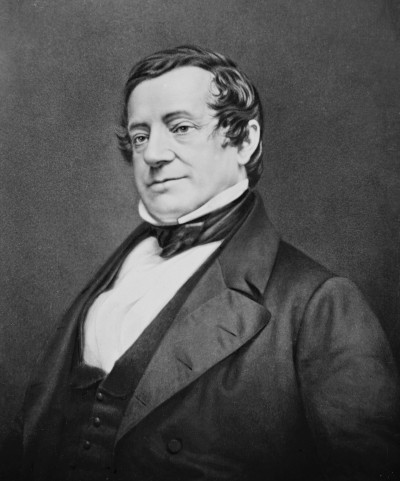
While the midwinter ghost story survived as an oral tradition, the scary yarn and the very notion of modern Christmas would get a boost from a man that more people acknowledge for his contributions to Halloween. That’s American writer Washington Irving. Though best known for The Legend of Sleepy Hollow, Irving made major contributions to the idea of Santa Claus in his 1809 book, A History of New York. In the book, Irving relates a story of shipwrecked Dutch sailors that found future New York based on a recommendation from a passing St. Nicholas. Further writing from Irving promoted a pre-Rockwell Rockwellian vision of Christmas, with feasts and singing and decorating. That influence was not lost on one particular writer; across the pond, Charles Dickens was paying attention.
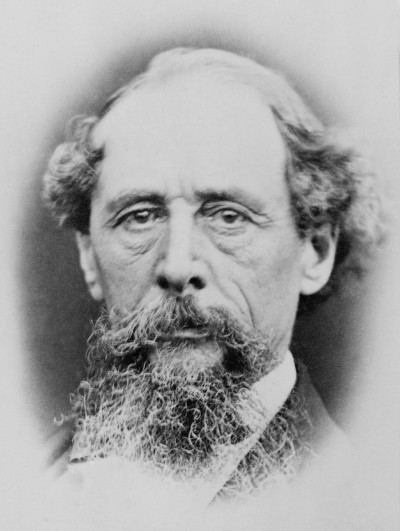
The England of the 1830s and early 1840s was at a sort of Christmas crossroads. The country was beginning to embrace Christmas in a new way for a variety of reasons. Queen Victoria had made Christmas trees newly popular. Seasonal songwriting was on an upswing and clever new mailings called “Christmas cards” had begun to grow in notice. With the holiday and Irving’s endorsement of it on his mind, Dickens started writing short stories about Christmas around 1835. One of those stories, 1836’s “The Story of the Goblins Who Stole a Sexton,” appears to be a rough draft for the idea of a person being changed by supernatural forces during the holiday. Dickens started his new novella in October of 1843, driven in part by money troubles. A Christmas Carol. In Prose. Being a Ghost Story of Christmas was complete by the beginning of December, and went on sale on the 19th of that month. Its first printing sold out in five days; its popularity was such that it went back to print twelve more times by the end of 1844. Dickens stared doing public readings of his classic in 1849 and continued until his death in 1870, delivering his tale at a total of 128 speaking engagements.
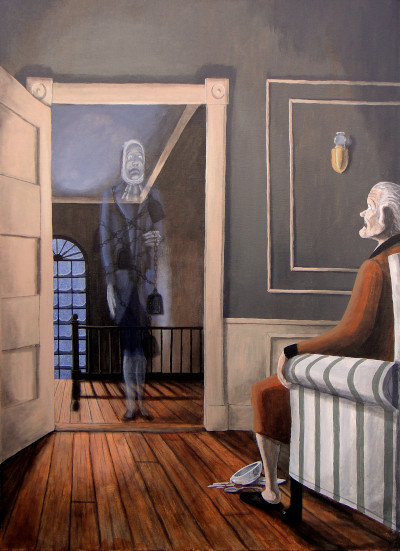
Dickens’s work didn’t just boost ghost stories; it boosted Christmas in general. So much of the modern conception of classic Christmas can be found in both his and Irving’s pages. And yet, the ghost story aspect fell off a bit in American culture despite the fact that Carol became extremely popular here and includes Jacob Marley and the Ghosts of Christmas Past, Present, and Yet to Come. Were it not for Carol and the mention in “It’s the Most Wonderful Time of the Year,” it’s fair to say that very few Americans would even know there’s a bond between the holiday and spooky tales. With that in mind, here are a few cold weather classics to put the jump-scare in jingle bells.
A Christmas Carol by Charles Dickens: Naturally.
Various stories by M.R. James: The British scholar started writing his ghost stories specifically for Christmas, reading them to entertain his guests and Cambridge students. BBC One and BBC Four have adapted several since the 1970s. Among the most famous are “Oh, Whistle, and I’ll Come to You, My Lad,” “A Warning to the Curious,” “The Stalls of Barchester,”and “Lost Hearts.”
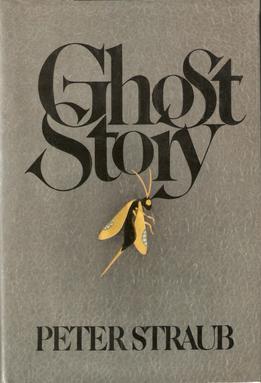
Ghost Story by Peter Straub: A bestseller upon its 1979 release and one of the best horror novels of that decade, Straub’s masterwork is intrinsically about storytelling. At the center of the tale is a group of old friends, the Chowder Society, who tell ghostly tales to one another. The major characters have last names like Hawthorne, James, and Wanderley, all of which are hat tips to important figures in American and English traditions of supernatural literature. When the sins of their past come back to (literally) haunt them, it’s up to a younger generation to stop the rising horror amid a mounting blizzard.
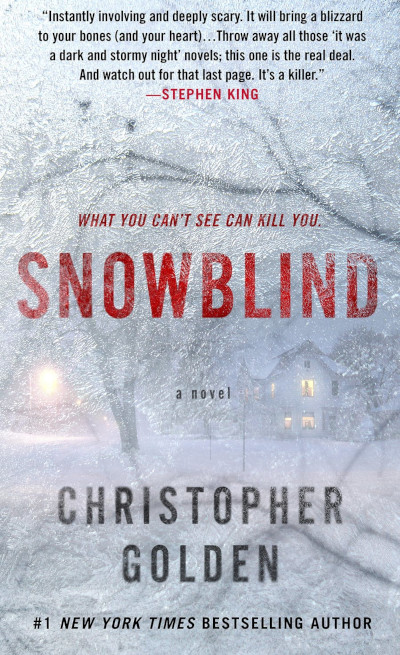
Snowblind by Christopher Golden: With this entry from the Post’s list of the best horror novels since 2000, Golden delivers a gut-wrenching tour de force, weaponizing grief into a blunt instrument of horror. The winter setting echoes the desolation of the characters’ emotional landscape, as their loved ones seemingly return from the grave.
The Valancourt Book of Victorian Christmas Ghost Stories: Compiled by editor Tara Moore in 2016, this collection brings together thirteen classics by writers like Sir Arthur Conan Doyle, Elizabeth Gaskell, Sir Walter Scott, and more. If you want to capture the feeling of what the early tradition might have felt like, this is the one for you.
Featured image: Shutterstock
Become a Saturday Evening Post member and enjoy unlimited access. Subscribe now
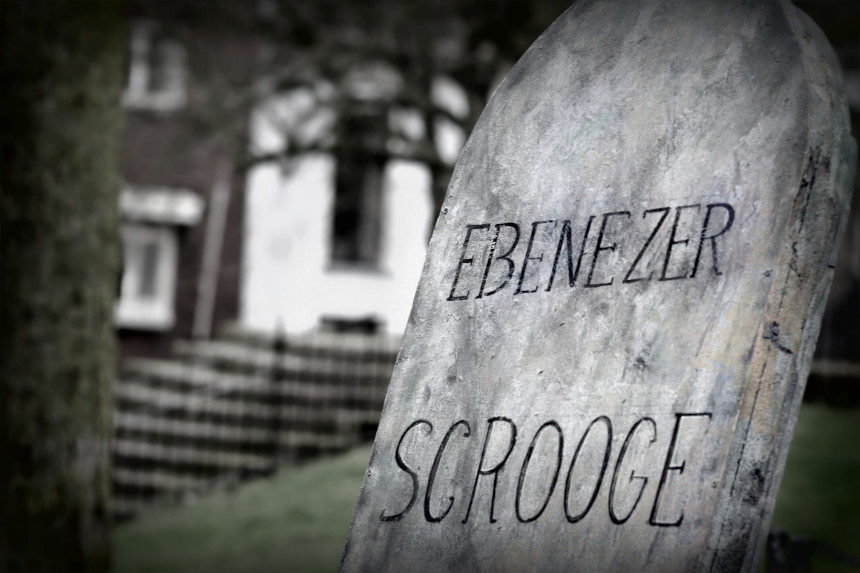
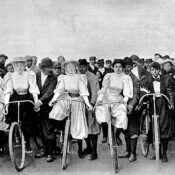
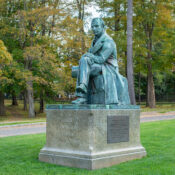
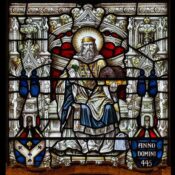
Comments
Thanks for this! I’ll also recommend British writer Ramsey Campbell who is a big admirer of M. R. James. Start with his collection “Waking Nightmares,” which includes at least one ghost story written especially for Christmas. M. R. James is emulated and the author is an offstage character in the story “The Guide.” Campbell’s Liverpool is not quite the same as the one the Beatles sang about.